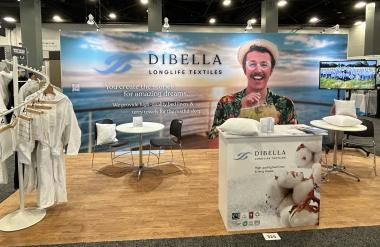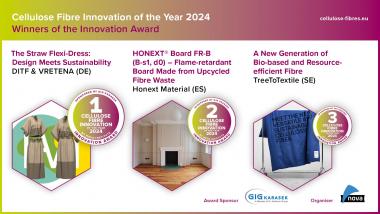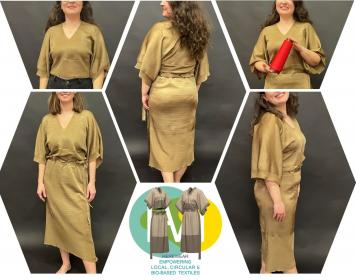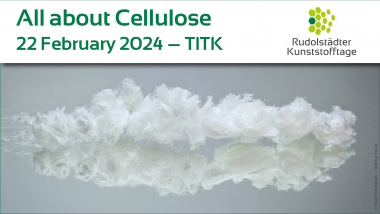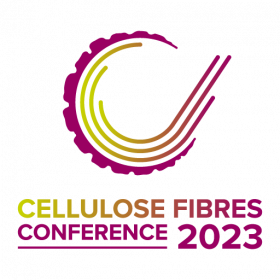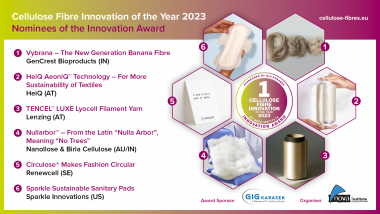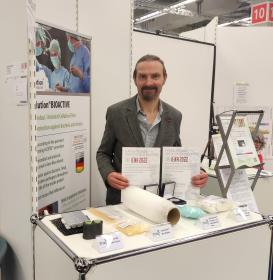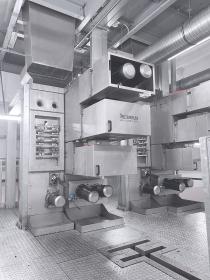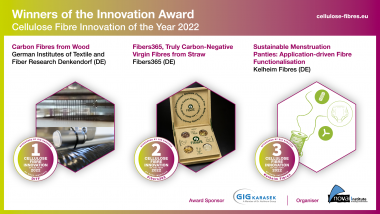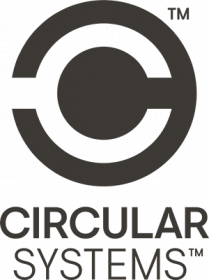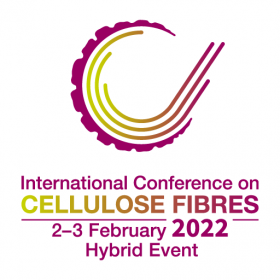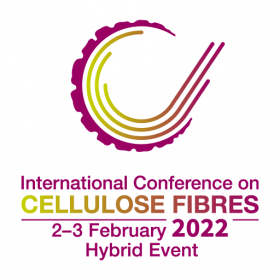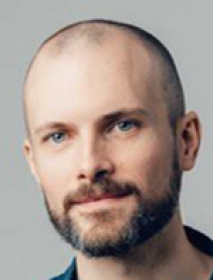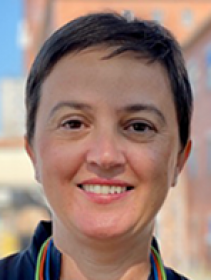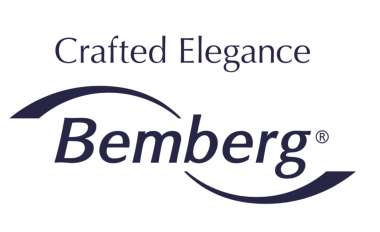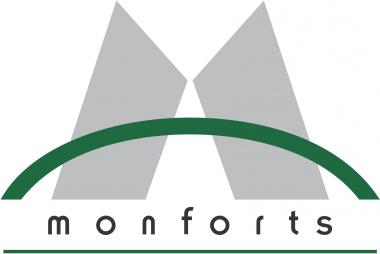Dibella at Cruise Ship Interiors Design Expo America
After a debut in 2023, Dibella exhibited again this year at the Cruise Ship Interiors Design Expo America (CSI Americas) in Miami, a leading trade fair for cruise interiors.
Under the motto “You create the stories for amazing dreams - We provide the restful sleep”, Dibella presented its latest developments in textile flat linen at the Convention Center in Miami/USA from 6 to 7 June 2024: bed linen and terry products that not only offer maximum comfort and durability but are also perfectly tailored to the special requirements of the maritime environment.
"The trade fair in Miami was a great success for us. In particular, our newly developed JAVA hand and shower towels and our VIRGINIA bed linen, both with regenerated cellulose fibers Lyocell, were very well received due to their special soft feel. We have had many rewarding discussions with existing customers and new prospects and are very much looking forward to working with them in the future,” says Marvin Groß-Hardt, Export Sales at Dibella.
CSI Americas, which has doubled in size since its inception in 2019, had more than 250 exhibitors this year. The show showcases brands in cruise design, attracting representatives from the industry's largest design firms and cruise lines each year.
Dibella b.v.


